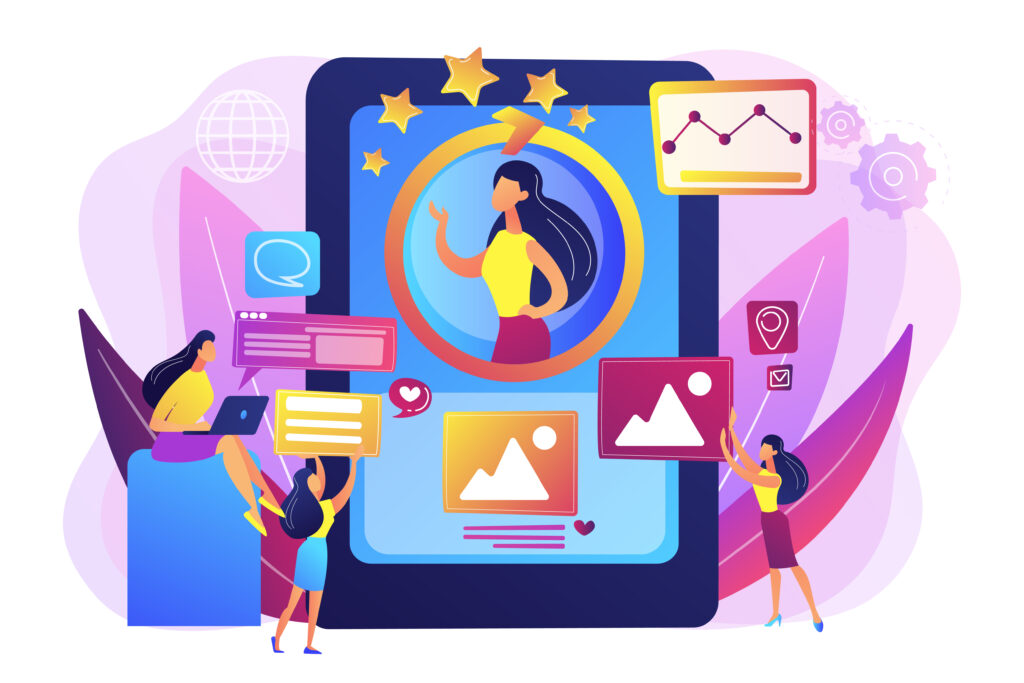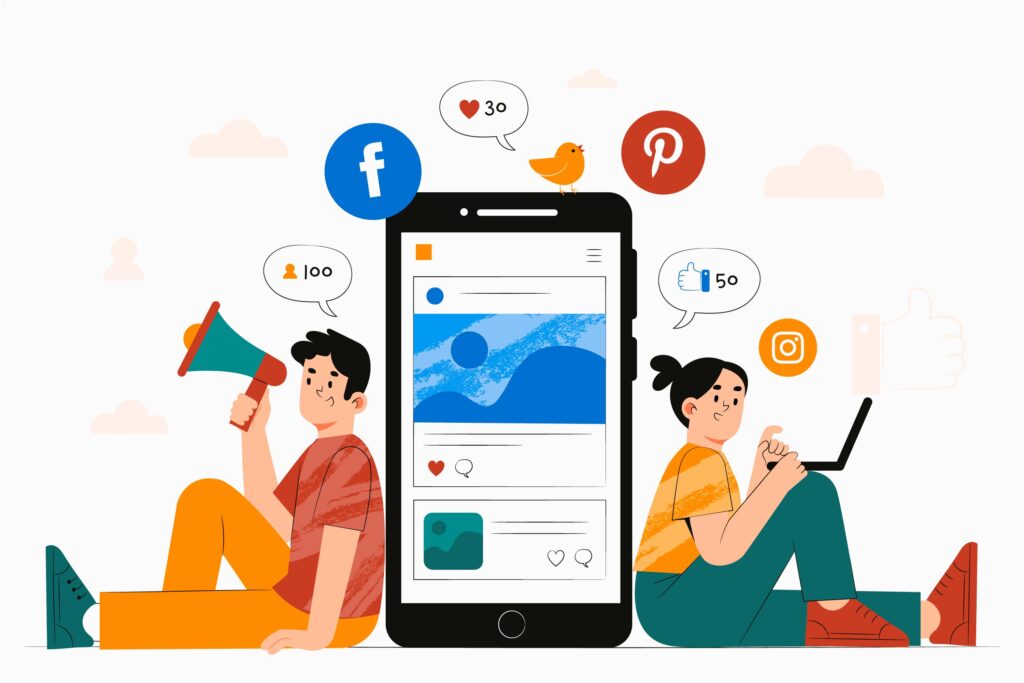Top Digital Marketing Services Every Business Should Consider

In the rapidly evolving digital landscape, businesses must leverage various digital marketing services to stay competitive and grow. From increasing brand visibility to driving sales, the right digital marketing strategies can make a significant impact. Here, we will explore the top digital marketing services every business should consider to maximize their online presence and achieve their goals.
1. Search Engine Optimization (SEO)
Why SEO is Crucial
Search Engine Optimization (SEO) is the process of optimizing your website to rank higher on search engine results pages (SERPs). Higher rankings increase the visibility of your website, driving organic traffic and enhancing credibility. Effective SEO involves keyword research, on-page optimization, content creation, and building quality backlinks.
Key SEO Strategies
- Keyword Research: Identify relevant keywords and phrases your target audience uses to search for products or services similar to yours.
- On-Page Optimization: Optimize website elements such as meta tags, headings, URLs, and content for target keywords.
- Content Creation: Produce high-quality, informative, and engaging content that addresses the needs and interests of your audience.
- Link Building: Acquire backlinks from reputable websites to improve your site’s authority and rankings.
2. Pay-Per-Click Advertising (PPC)
Understanding PPC
Pay-Per-Click (PPC) advertising allows businesses to display ads on search engines and pay only when a user clicks on the ad. PPC campaigns can quickly drive targeted traffic to your website and provide measurable results. Google Ads is the most popular PPC platform, but options like Bing Ads and social media advertising (e.g., Facebook Ads) are also effective.
Benefits of PPC
- Immediate Results: PPC campaigns can generate traffic and leads as soon as they go live.
- Targeted Reach: Ads can be targeted based on demographics, location, keywords, and more.
- Budget Control: Set daily or monthly budgets to control advertising spend.
- Measurable ROI: Track and measure the performance of your campaigns to optimize for better results.
3. Social Media Marketing
Leveraging Social Media
Social media marketing involves using platforms like Facebook, Instagram, Twitter, LinkedIn, and others to promote your brand and engage with your audience. With billions of users on social media, it’s an excellent way to increase brand awareness, build relationships, and drive traffic to your website.
Effective Social Media Strategies
- Content Strategy: Create and share content that resonates with your audience, including posts, images, videos, and stories.
- Engagement: Interact with followers by responding to comments, messages, and participating in discussions.
- Advertising: Run targeted ad campaigns to reach a broader audience and achieve specific goals, such as lead generation or sales.
- Analytics: Monitor performance metrics to understand what works and adjust your strategy accordingly.
4. Content Marketing
The Power of Content
Content marketing focuses on creating and distributing valuable, relevant, and consistent content to attract and retain a clearly defined audience. High-quality content can establish your brand as an authority in your industry, build trust with your audience, and drive conversions.
Key Content Marketing Tactics
- Blogging: Regularly publish informative and engaging blog posts that address the needs and interests of your audience.
- E-books and Whitepapers: Offer in-depth resources that provide value and insights, often in exchange for contact information.
- Infographics: Use visually appealing infographics to present data and information in an easily digestible format.
- Video Content: Create videos to demonstrate products, share customer testimonials, or provide educational content.
5. Email Marketing
Why Email Marketing Works
Email marketing remains one of the most effective digital marketing services for nurturing leads and driving conversions. By sending personalized and targeted emails, businesses can stay top-of-mind with their audience and encourage repeat business.
Effective Email Marketing Strategies
- Segmentation: Divide your email list into segments based on factors like demographics, behavior, and purchase history to send more relevant messages.
- Personalization: Use personalization techniques, such as addressing recipients by name and tailoring content to their interests.
- Automated Campaigns: Set up automated email sequences for welcome emails, abandoned cart reminders, and post-purchase follow-ups.
- Analytics: Track email performance metrics like open rates, click-through rates, and conversions to optimize your campaigns.
6. Influencer Marketing
Harnessing Influencer Power
Influencer marketing involves partnering with individuals who have a significant following on social media or other online platforms. These influencers can promote your products or services to their audience, leveraging their credibility and reach to drive brand awareness and sales.
Steps to Effective Influencer Marketing
- Identify Relevant Influencers: Find influencers whose audience aligns with your target market.
- Build Relationships: Engage with influencers and establish mutually beneficial partnerships.
- Create Authentic Campaigns: Work with influencers to create genuine and engaging content that resonates with their audience.
- Measure Impact: Track the performance of influencer campaigns to evaluate their effectiveness and ROI.
7. Conversion Rate Optimization (CRO)
Enhancing User Experience
Conversion Rate Optimization (CRO) focuses on improving the user experience on your website to increase the percentage of visitors who complete desired actions, such as making a purchase or filling out a contact form. CRO involves analyzing user behavior, testing different elements, and making data-driven changes to optimize conversions.
CRO Techniques
- A/B Testing: Compare two versions of a webpage or element to see which performs better.
- User Feedback: Collect feedback from users to identify pain points and areas for improvement.
- Heatmaps: Use heatmaps to visualize where users click, scroll, and spend the most time on your site.
- Streamlined Forms: Simplify forms to reduce friction and make it easier for users to convert.
8. Affiliate Marketing
Expanding Reach with Affiliates
Affiliate marketing involves partnering with affiliates who promote your products or services in exchange for a commission on sales. This performance-based marketing strategy can help expand your reach and drive sales through a network of affiliates.
Setting Up an Affiliate Program
- Recruit Affiliates: Identify and recruit affiliates who align with your brand and have an audience interested in your products or services.
- Provide Resources: Offer affiliates marketing materials, such as banners, links, and product information, to help them promote effectively.
- Track Performance: Use affiliate tracking software to monitor sales and commissions.
- Optimize Program: Continuously evaluate and optimize your affiliate program to improve performance and ROI.
Conclusion
Incorporating these top digital marketing services into your strategy can significantly enhance your online presence, attract more customers, and drive business growth. Whether you focus on SEO, PPC, social media marketing, content marketing, email marketing, influencer marketing, CRO, or affiliate marketing, each service offers unique benefits that can help your business succeed in the digital world.
By partnering with a reputable digital marketing agency or dedicating in-house resources to these services, you can create a comprehensive and effective digital marketing strategy tailored to your business’s goals and objectives. Embrace the power of digital marketing and watch your business thrive in the competitive online landscape.


